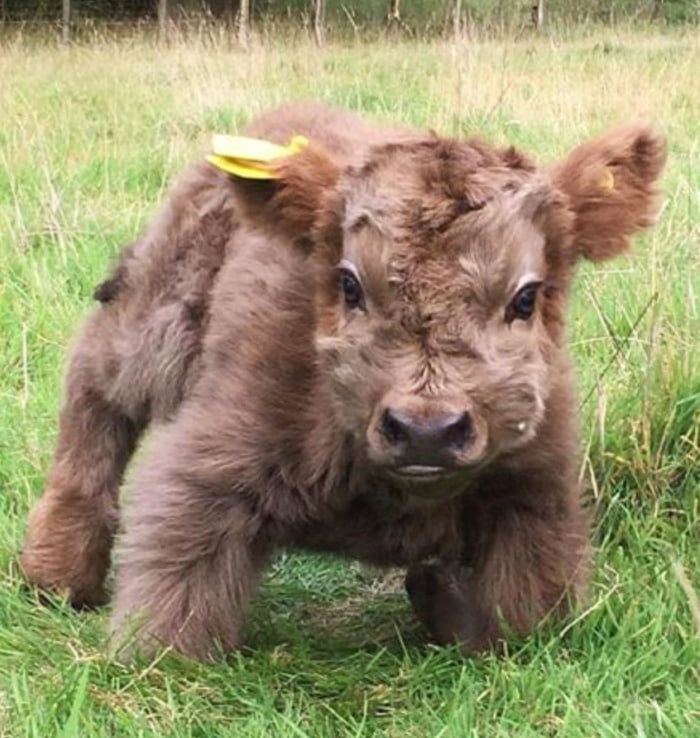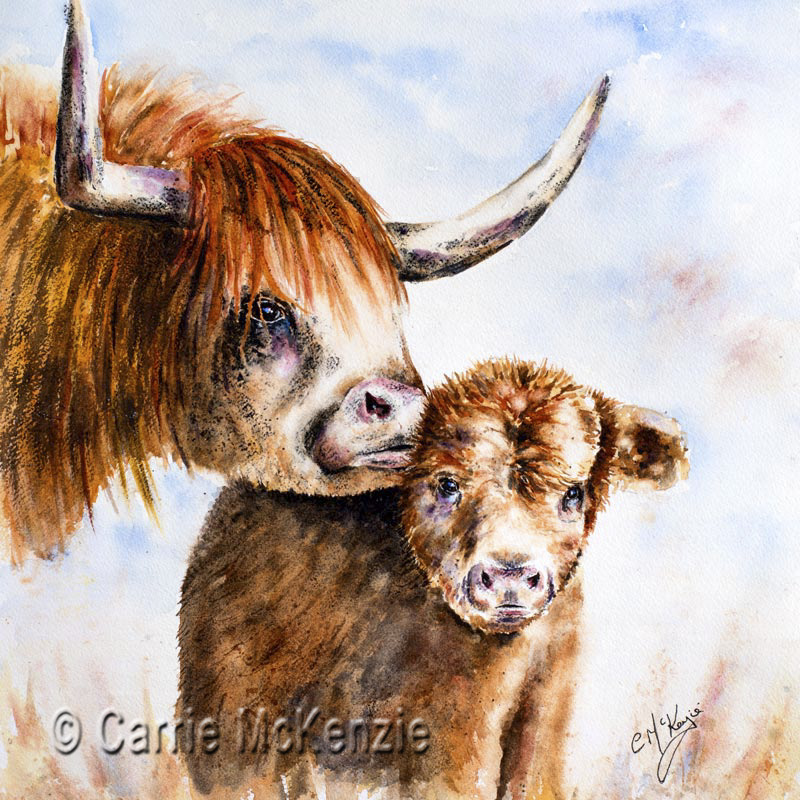

Many of our cattle have been shown at A & P Shows with great success, and a quiet nature is an important factor in helping to move the cattle through spectators safely. The more they are handled, the quieter they become.Īll our Highland bulls are very placid: we see this as essential for breeding. Like all animals, Highland cattle vary in temperament, however, as a cattle breed in general, they are very quiet, and some can be hand-fed with food such as bread, lemons and grain. The bulls are always assessed after then have turned one year old, in accordance with the NZHCS regulations, by three assessors, marking the bull against the 1882 breed standard, and then offered for sale or retained for our own Fold. We usually have a variety of livestock for sale, including in-calf cows or cows with calves at foot, yearlings and two-year old’s for sale - as well as some bulls and steers. Our fold has both Purebred and Full Blood highland cattle of all ages, and most have A & P Show passports.

We began our Highland Cattle Fold in 2005, and now have more than 100 cattle. Originally Highland Cattle were used for skins and hair, meat and milk but as a beef breed they are not usually milked, however there is no reason why they cannot be milked for the house. The beef from a Highland cow is very tender, which has been proven in two studies from Glasgow University. Highland calves are very appealing with their teddy bear looks. These are a solid colour: red, black, brindle, yellow, white, silver or dun. The breed has benefited greatly from effective promotion and registration by the breed associations.Scottish highland cattle are a Heritage breed that are instantly recognisable by their elegant long horns and thick coats. Highland cattle have always had a great reputation for being rugged producers of high-quality beef and they have now found a secure niche as productive partners in effective range management throughout the globe. Another important use is conservation grazing. This breed has become an international resource for beef production in marginal landscapes. Their dramatic shaggy coats and long horns make them a true conversation starter for agritourism operations. These cattle, native to the Scottish highlands, are especially popular in the northern tier of the United States and in Scandinavian countries. In numbers, this means that there are more than 1,000 annual registrations in the United States and more than 25,000 animals globally.

In 2019, Highland cattle became numerous enough to graduate from the Livestock Conservancy’s Conservation Priority List. The horns of the Highland cows sweep out and up, while those of the bulls are horizontal with upturned tips. They have long, shaggy coats that most commonly light red, but many other solid colors are also seen, including black, brindle, cream, dun, red and white. Highlands are medium in size, with cows weighing 900 to 1,300 pounds and bulls 1,500 to 2,000 pounds. The breed is considered a “light grazer” in Europe, used to manage and diversify marginal lands without the negative impact seen with heavier breeds. Highlands consume a wide variety of pest plants as well as grass and can be used to improve pastures. One of the breed’s assets is its foraging ability. It is only recently, however, that Highlands are achieving their greatest popularity. The breed has always had a small but loyal following, especially in the northern part of the United States and in Canada. Highland cattle were first imported to North America in the 1880s, and importations have continued throughout the 1900s. The breed became well known in Scotland and England, and a herdbook was established in 1884. Sometimes called kyloe cattle, they were once tasked with swimming across the straits (or kyloes) on their way to market on the mainland. Cattle were raised in the Highlands and on the islands nearby. Improvement was made through selection alone the Highland never had any introductions from other breeds. The early history of the Highland is not well recorded, though the breed was improved and standardized during the 1800s. Like the other Scottish beef breeds, the Galloway, Belted Galloway, and Angus, the Highland is celebrated for the excellence of its beef.

Highland cattle thrive on rough forage and in cold, wet climates. The breed was shaped primarily by natural selection and as a result, it’s best known for its survival qualities hardiness, maternal abilities, reproductive efficiency, and longevity. The Highland descends from the native cattle of Scotland and is named for the Highland region.


 0 kommentar(er)
0 kommentar(er)
